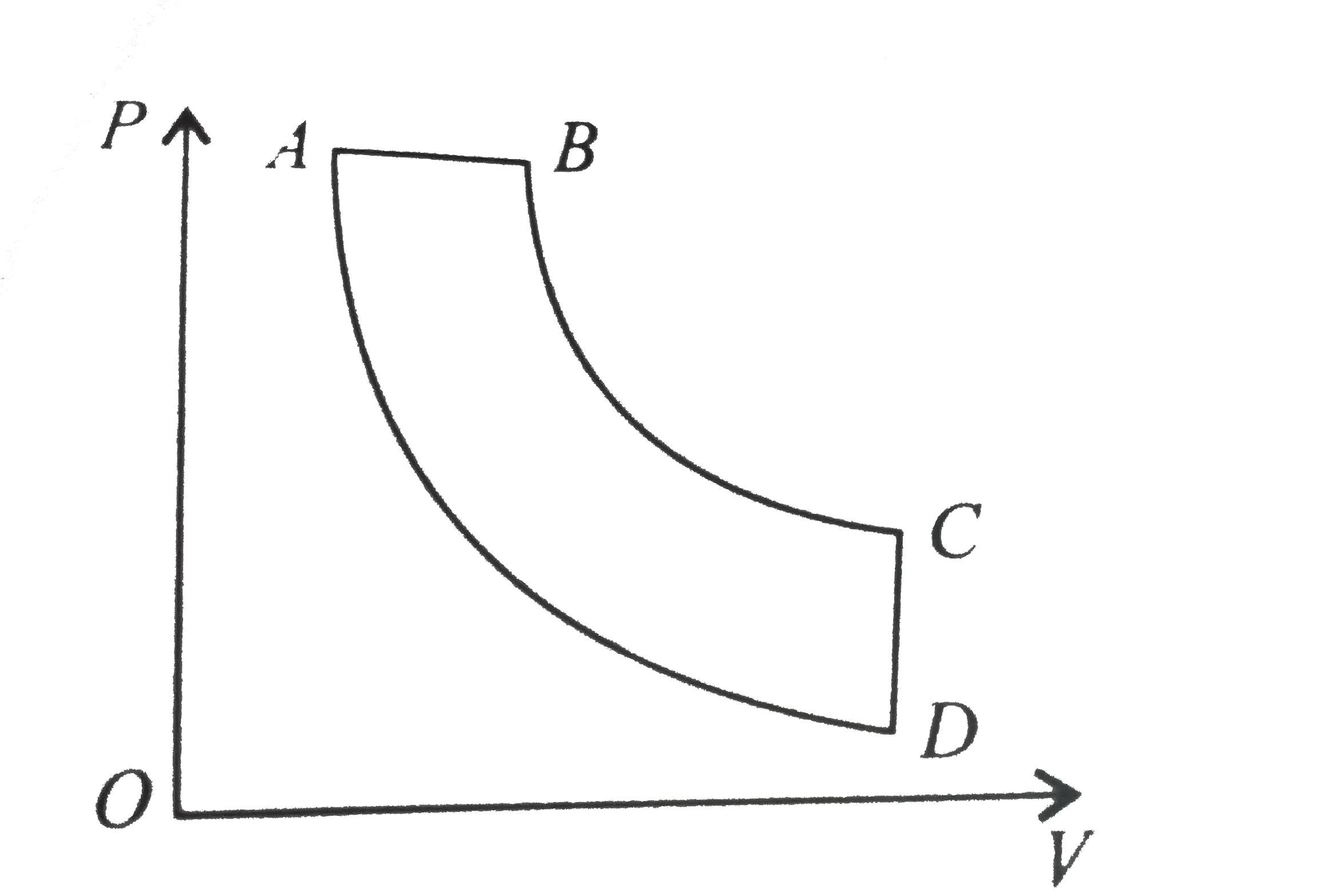The set which repesents the isotope , isobar and isotone respectively is
(.21H,.31H),(.19779Au,.19880Hg)and(.32He,.21H)
(.32H,.11H),(.19779Au,.19880Hg)and(.11He,.31H)
(.32H,.31H),(.21H,.21H)and(.19779Au,.19880Hg)
(.21H,.31H),(.32He,.31H)and(.19779Au,.19880Hg)
The correct Answer is:D
To determine the correct set that represents an isotope, isobar, and isotone respectively, we need to understand the definitions of these terms:
1. Isotope: Atoms of the same element that have the same atomic number (Z) but different mass numbers (A). This means they have the same number of protons but a different number of neutrons.
2. Isobar: Atoms of different elements that have the same mass number (A) but different atomic numbers (Z). This means they have a different number of protons but the same total number of nucleons (protons + neutrons).
3. Isotone: Atoms of different elements that have the same number of neutrons (N) but different atomic numbers (Z) and mass numbers (A). This means they have a different number of protons and different mass numbers, but the same number of neutrons.
Now, let's analyze the options provided (though not explicitly listed in the question, we will assume typical examples):
Step 1: Identify Isotopes
- For isotopes, we need to find elements with the same atomic number (Z).
- Example: 11H (Hydrogen) and 21H (Deuterium) are isotopes because they both have Z = 1.
Step 2: Identify Isobars
- For isobars, we need to find elements with the same mass number (A).
- Example: 19779Au (Gold) and 19778Pt (Platinum) are isobars because they both have A = 197.
Step 3: Identify Isotones
- For isotones, we need to find elements with the same number of neutrons (N).
- Example: 147N (Nitrogen) and 158O (Oxygen) are isotones because they both have 7 neutrons (since N = A - Z).
Conclusion
After analyzing the examples, we can conclude that the correct set representing an isotope, isobar, and isotone respectively is:
1. Isotope: 11H and 21H
2. Isobar: 19779Au and 19778Pt
3. Isotone: 147N and 158O
Thus, the correct answer is option number four, which contains the correct representations of isotope, isobar, and isotone.
- For isotopes, we need to find elements with the same atomic number (Z).
- Example: 11H (Hydrogen) and 21H (Deuterium) are isotopes because they both have Z = 1.
- For isobars, we need to find elements with the same mass number (A).
- Example: 19779Au (Gold) and 19778Pt (Platinum) are isobars because they both have A = 197.
- For isotones, we need to find elements with the same number of neutrons (N).
- Example: 147N (Nitrogen) and 158O (Oxygen) are isotones because they both have 7 neutrons (since N = A - Z).
After analyzing the examples, we can conclude that the correct set representing an isotope, isobar, and isotone respectively is:
2. Isobar: 19779Au and 19778Pt
3. Isotone: 147N and 158O
Topper's Solved these Questions
- NUCLEIBOOK - NCERT FINGERTPS ENGLISHCHAPTER - NUCLEIEXERCISE - HOTS
7 Videos
- NUCLEIBOOK - NCERT FINGERTPS ENGLISHCHAPTER - NUCLEIEXERCISE - EXEMPLAR PROBLEMS
7 Videos
- MOVING CHARGES AND MAGNETISM BOOK - NCERT FINGERTPS ENGLISHCHAPTER - MOVING CHARGES AND MAGNETISM EXERCISE - Assertion And Reason
15 Videos
- PRACTICE PAPPERBOOK - NCERT FINGERTPS ENGLISHCHAPTER - PRACTICE PAPPEREXERCISE - Practice Paper 3
50 Videos
Similar Questions
Knowledge Check
Which plot is the adsorption isobar for chemisorption?
A B
B C
C D
D

The plots between P and V which represent isochoric and isobaric process respectively:
View SolutionWhich plot is the adsorption isobar for chemisorption?
View SolutionWhich plot is the adsorption isobar for chemisorption?
View SolutionIn the pressure-volume diagram given below, the isochoric, isothermal, isobaric, and isoentropic parts, respectively, are:

View SolutionWhat do you understand by isotopes, isobars and isotones? Explain with illustrations.
View SolutionIn the following pressure-volume diagram, the isochoric, isothermal and isobaric parts, respectively, are

View SolutionWhich is not adsorption isobar for chemisorption?
View Solution
